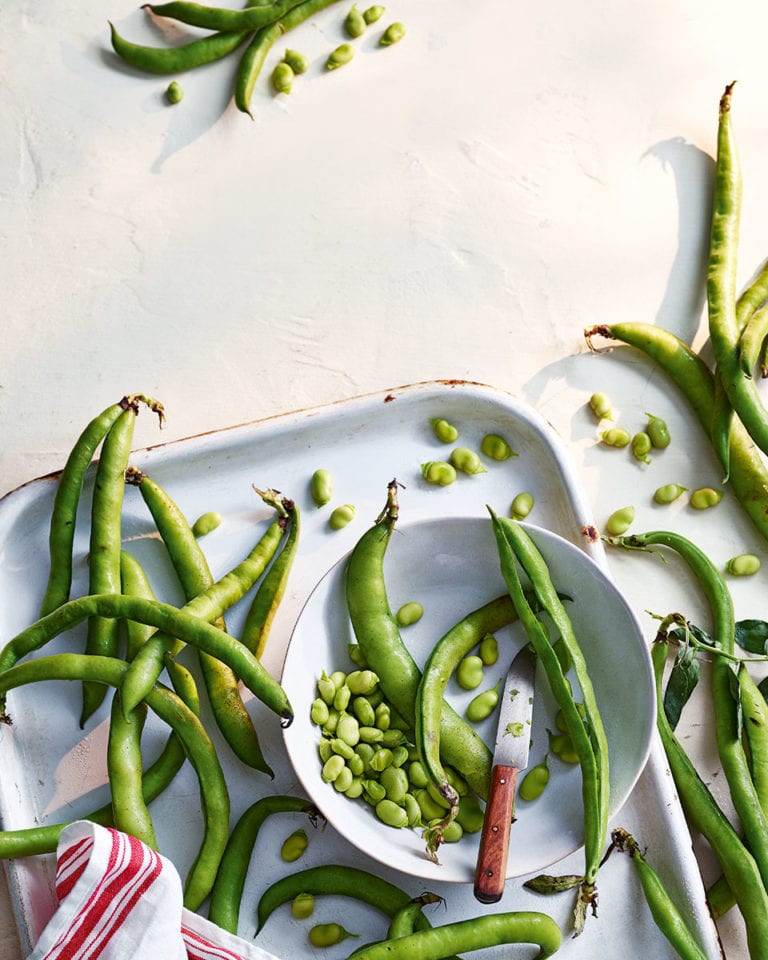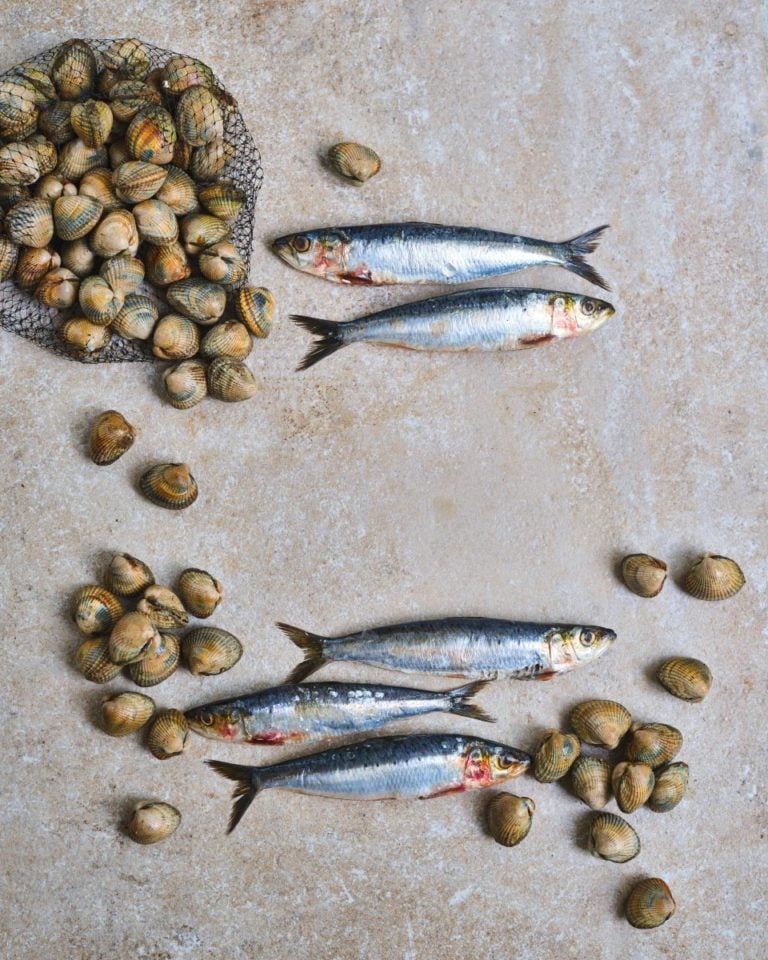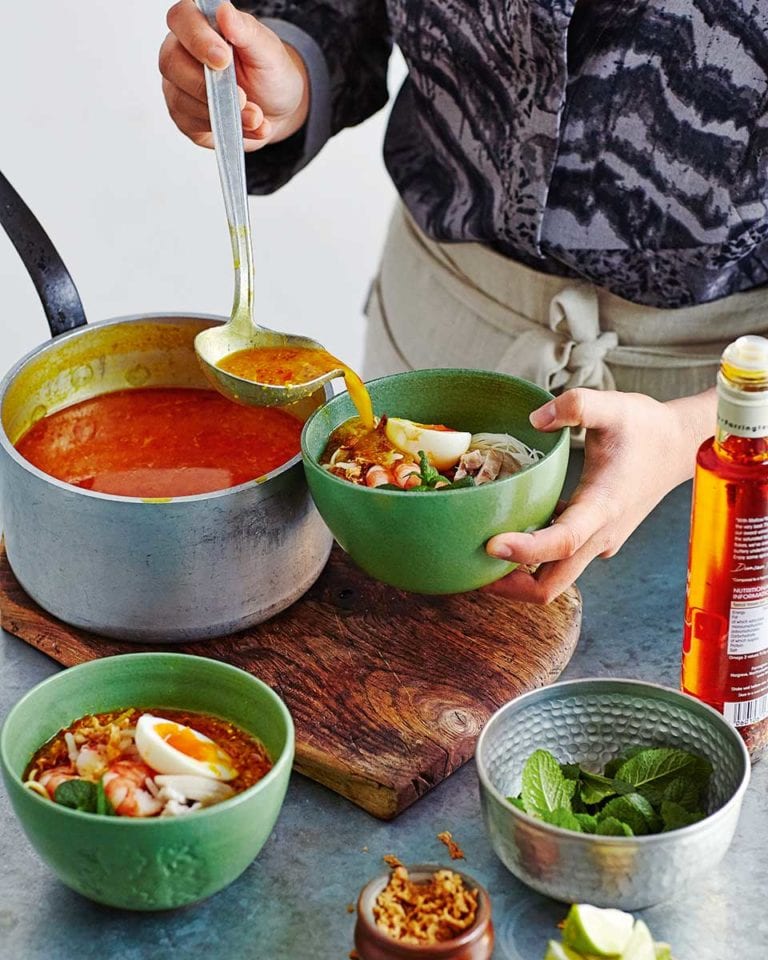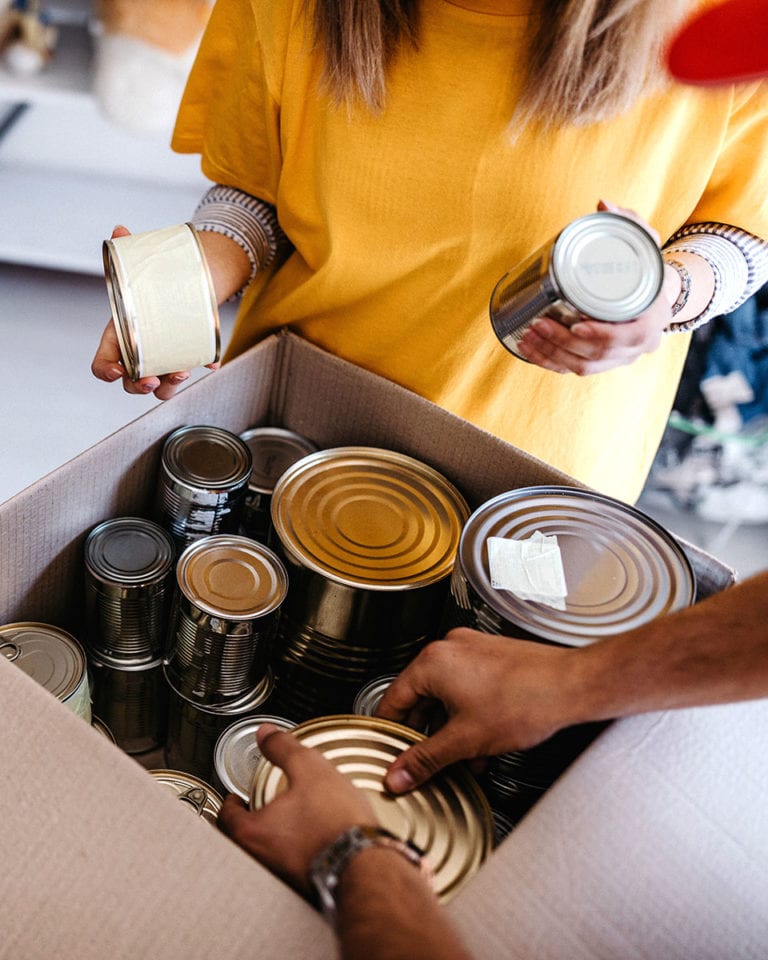How to build a better UK food system
Food banks, child food poverty, and a reliance on imported fruit and vegetables: Covid-19 has exposed the complex problems within the UK’s food culture. Now is the time to transform our food system to make it healthy, sustainable and affordable for everyone, reports Katy Salter.

The current issues within the UK’s food system
Britain’s uneasy relationship with food has reached a crossroads. The Covid-19 crisis has exposed the fault lines in our food culture. During the first lockdown of 2020, the better-off baked sourdough and banana bread. Meanwhile, food bank use soared by 81%, according to The Trussell Trust, and more than five million UK families experienced food insecurity due to shortages in shops, loss of income or isolation.
Empty supermarket shelves, lorries stacked up at Dover, disgraceful food parcels containing half a carrot and a yogurt tube to replace free school meals: some of the unshakeable images of the last year are those involving food. “The pandemic was a stress test for our food system. A sudden shock to supply chains showed where flexibility and responsiveness is lacking. Food insecurity, already a big problem, only got worse,” says Vera Zakharov, a campaign co-ordinator for Sustain, an alliance that pushes for better food and farming in the UK.
We have a choice. Do we go back to the way things were before 2020? Do we forget about ending child food poverty and shopping local, and return to the twin distractions of trends and convenience? Or do we, to use politician-speak, Build Back Better?
Lockdown piled huge pressure on supermarkets’ supply chains, as consumers channelled their inner ‘Doomsday prepper’ and shelves were stripped bare of flour, tinned tomatoes and pasta. Meanwhile, greengrocers, butchers and bakers were quicker to adjust; 92% of farm shops reported an increase in custom during the first lockdown and weekly veg box sales more than doubled. “If there’s been one silver lining to the pandemic, it has been more localised shopping habits,” says Zakharov.
Covid plus Brexit put the issue of food insecurity on the table. The UK imports 45% of its food, which isn’t necessarily a bad thing: no one wants to live without coffee or bananas. Yet are we relying too heavily on imports to top up UK-grown produce? Only 40% of the apples we buy are British, despite plentiful home-grown supplies. “Recent innovations in varieties, growing techniques and storage mean that British growers are able to supply the nation with apples 52 weeks of the year,” says Ali Capper, executive chair of British Apples & Pears.
The switch to local shops may become permanent for many, and more of us will hopefully shop in tune with the seasons. “It comes down to asking questions and learning about seasonality. Some fruit and veg will always be imported. But we shouldn’t ever be importing potatoes, asparagus, apples or soft fruit,” says Will Devlin, chef-owner of The Small Holding Farm & Kitchen in Kent.
Campaigners are hoping to get more of those crisp British apples into the hands of children. The School Fruit and Veg Scheme, paused during
the first lockdown, distributes a daily piece of fruit or veg to 2.3 million children aged four to six, usually eaten as a morning snack. Sustain’s Children’s Food Campaign wants to include all 4.7 million children in primary school up to age 11 in the scheme. “More than four in five children are not eating 5 a day and children on low incomes eat even less. Expanding the scheme would provide a ‘safety net’ to complement freeschool meals,” says Sofia Parente, Sustainable Food Places Campaigns and Policy Coordinator for Sustain. Only 30-40% of fruit and veg in the scheme comes from British farms. Boosting this proportion would support regional economies, teach children about where food comes from and help alleviate hunger.
Community heroes and the Marcus Rashford revolution
Covid forced child hunger into the headlines as 2.3 million children experienced food insecurity between March and August 2020. But child hunger didn’t begin with Covid, and it won’t disappear unless we channel the momentum of Marcus Rashford’s #EndChildFoodPoverty campaign into long-term changes. Rashford’s Child Food Poverty Task Force wants the government to expand the free school meals scheme to 1.3 million children living below the poverty line who are currently not eligible. Now’s the time to push for improvements, says Zoe McIntyre of The Food Foundation, a member of the task force: “The nation is beginning to grasp the depth and scale of child food poverty, and there’s an urge for change.”
Communities have stepped in to help. During the October 2020 half term, chefs and café owners prepared thousands of meals when the government refused to offer holiday provision. Food bank use has soared, but so have donations and public awareness. So how do we improve access to healthy food for everyone who needs it? “More food banks aren’t the answer and it’s not sustainable in the long run,” says Zakharov. One alternative is community larders. Held in church halls and community centres around the UK, these have proliferated during the pandemic. Larders offer surplus food from supermarkets, donations and other foods. Unlike food banks, which operate on a referral basis, anyone can visit a larder, pay a small donation and fill a bag with food. Some, such as Llanrumney Hall Pantry in Cardiff, part of the Your Local Pantry network, act like co-operatives with a small membership fee. Others have a social element, such as the pay-as-you-feel café at Brighton’s Real Junk Food Project. “Many community food hubs are evolving into projects that offer healthy food and a chance to build local relationships,” says Zakharov. Because community larders are open to everyone, the stigma that some families in need might feel when using food banks is reduced.
Helping the hospitality industry
Local restaurants and cafés also kept communities going during Covid-19, even when they were closed. Whether it was cooking food for frontline workers, morphing into grocery stores or just keeping us sane with a takeout coffee or meal, many played their part. They need our love in return. “ The simple truth is that if you want to see your local independent survive, you have to frequent it. Stick to your bookings, and if you need to cancel, make sure you let the restaurant know in good time,” says Ravinder Bhogal, chef-owner of Jikoni in London. She suggests booking lunch or a dinner outside of the “7-8.30pm golden hour” as well as buying restaurant merchandise or meal kits. And, hopefully it goes without saying, tip generously.

Hospitality is a major contributor to the UK economy. It employs three million people, with a further two million dependent on it. No wonder many in the industry are campaigning for a Minister for Hospitality. “I want people to remember and honour the invisible chain of humanity that stands by them as they eat their plate of food: the grower, farmer, forager, picker, buyer, driver, chef, kitchen porter and waiter who all made the pleasures of the table possible,” says Bhogal.
Some 2020 innovations may be here to stay, such as meal kits or restaurants selling produce. “I think [selling produce] has been a great initiative, and such diversification should continue where possible. A good restaurant should champion their producers whenever they can,” says Devlin.
Eating real foods, not fad foods
Our food culture, particularly on social media, is fuelled by novelty. Instead of flitting from one opening to the next or posting pics of rainbow bagels, regularly supporting a few local spots may be a healthier way forward. “Humans are always hungry for something new, but 2021 is about real food rather than fads,” says Lisa Harris of food consultancy Harris and Hayes. The closure of restaurants, pubs and cafés meant we no longer take them for granted. “Consumers will always enjoy something new, but they aren’t going to be so easily swayed by the next freakshake or unicorn cupcake – they want genuine food experiences with the people they love,” says Harris.
Building a better food culture is possible, but it’s up to all of us: whether that’s pressuring politicians to make long-term changes, volunteering or thinking about where we spend our money. Let’s salvage some good from this unsettled year.
Subscribe to our magazine
Food stories, skills and tested recipes, straight to your door... Enjoy 5 issues for just £5 with our special introductory offer.
Subscribe
Unleash your inner chef
Looking for inspiration? Receive the latest recipes with our newsletter


